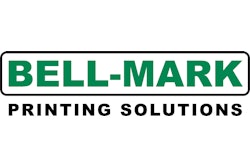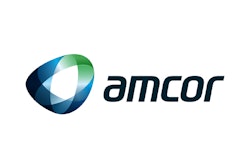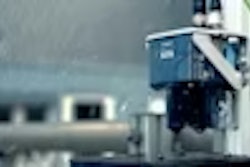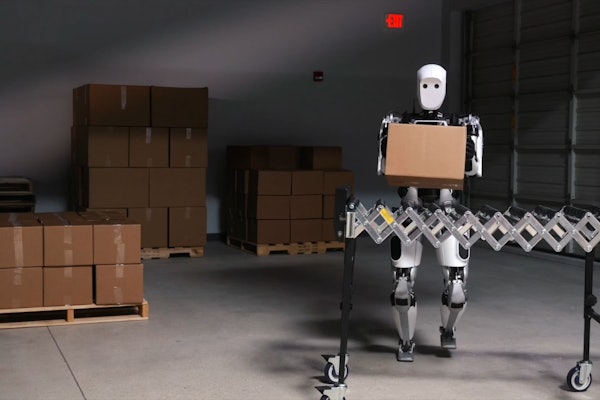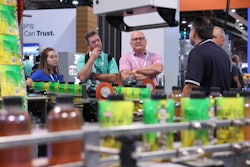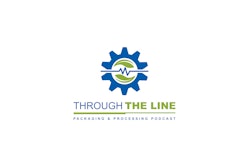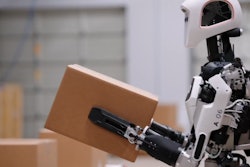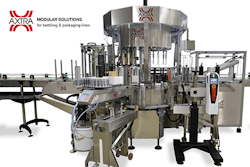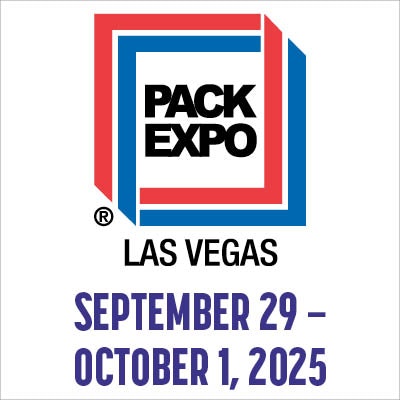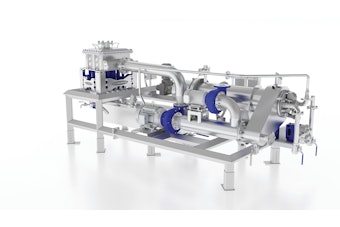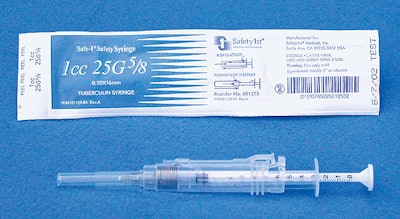
When medical device manufacturer Safety 1st Medical decided to enter the United States marketplace in 2001, executives knew they’d need help from their suppliers. Much of the assistance they needed came from Multivac, whose engineers helped design an easy-to-use thermoformed package that also protects healthcare professionals from needlestick, that is, accidentally sticking themselves with the syringe needle. The thermoform/fill/seal packaging system designed by Multivac to pack the syringes helped Safety 1st enter the competitive U.S. market efficiently and profitably. Three of these systems now operate for Safety 1st, two in California and one in the South.
“We have specific needs for our packaging to be durable,” says company president and CEO E. Craig Wilhelm. “We need to ensure the sterility of the product all the way through to the end user, as well as ensure that our cost of goods is favorable. Multivac really chipped in and did a fantastic job working with us in designing our packaging. They gave us great advice as to not only the kind of equipment, but the kind of film and other ancillary products, even down to the printers on the machine.”
Safety 1st Medical’s syringes comply with the Needlestick Safety and Prevention Act passed by Congress in 2000. They feature a one-hand operation, require minimal training, and are easily locked and unlocked with a built-in safety sheath to discourage reuse and to prevent injury. According to Wilhelm, it was essential that the packaging be equally safe and easy to use.
“It has to be durable enough to prevent the sterility from being compromised,” he says. “Assembling the equipment to cost effectively and quickly produce these packages was the real value in working with Multivac. Because we didn’t have a packaging engineer and were new to the U.S. market, we needed a partner who would work with us to assemble a total packaging solution. We were able to determine what type of packaging features we needed in an end product, and they helped us design a complete line to create it quickly and cost effectively.”
The packaging consists of a clear forming web constructed of a coextrusion of polyethylene and nylon. Lidding material is a 25-lb paper with 2-mil peelable sealent that is printed with the company’s logo and product information. Both top and bottom webs are supplied by Perfecseal.






